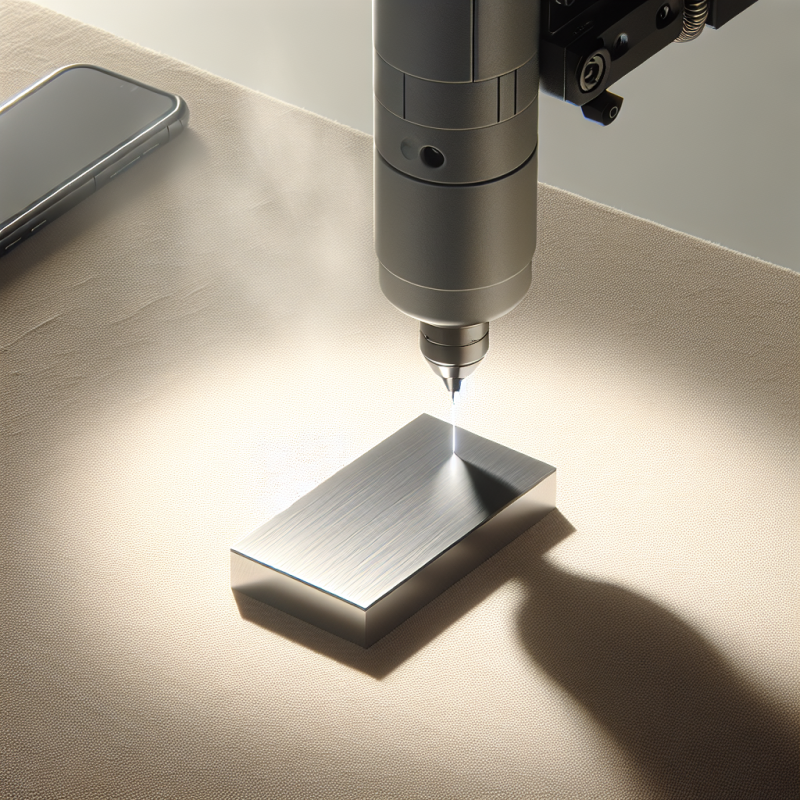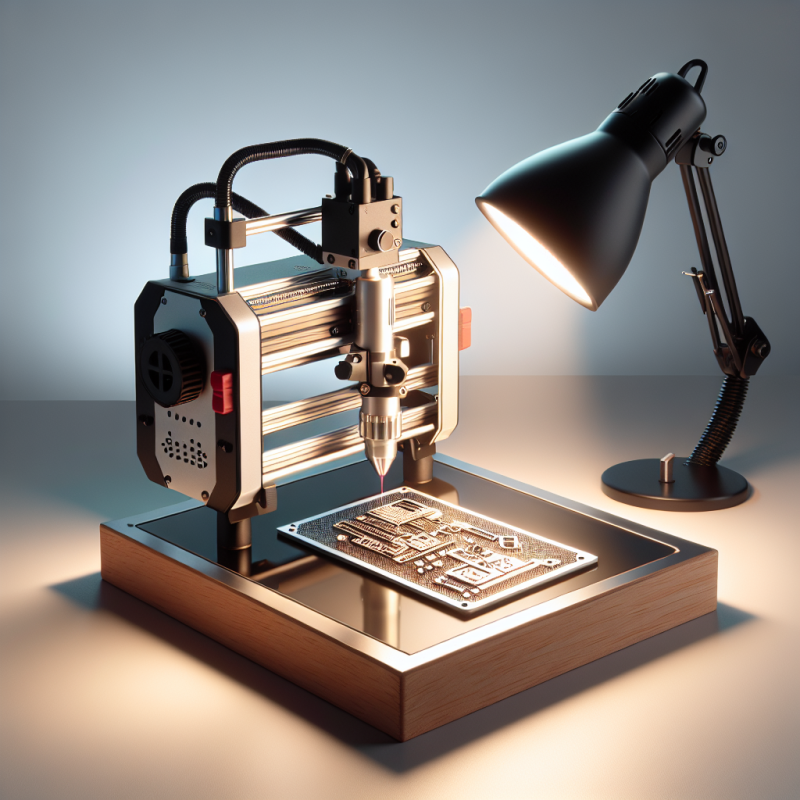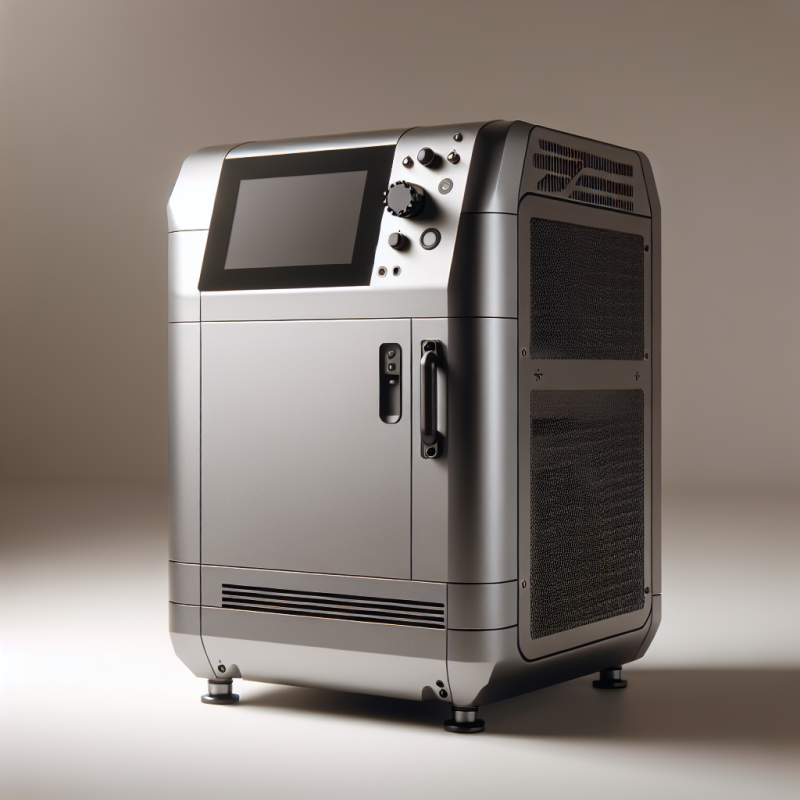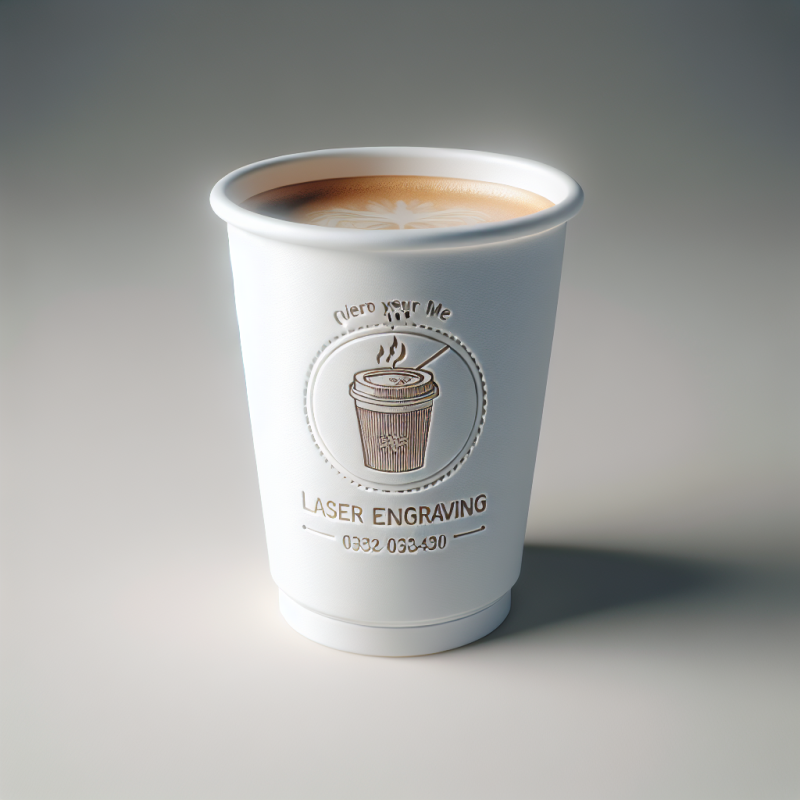The Ultimate Guide to Laser Engravers for Sale
Laser engraving has become one of the most popular methods for creating precise and durable designs on various materials. Whether you’re a hobbyist, a professional artist, or a small business owner, owning a laser engraver can open up endless creative possibilities. In recent years, handheld laser engravers have gained significant attention due to their portability, ease of use, and versatility. If you’re considering purchasing one, this article will guide you through everything you need to know about laser engravers for sale and how they can transform your projects.
What is a Laser Engraver?
A laser engraver uses a focused beam of light to etch or cut designs into materials such as wood, metal, plastic, and stone. Unlike traditional engraving methods, laser engravers offer unparalleled precision and speed. The process involves directing the laser beam at high speeds across the material’s surface, creating intricate patterns that are impossible to achieve manually. This makes them an ideal tool for both small-scale projects and large-scale production.
Handheld laser engravers are particularly popular because they combine portability with powerful performance. They allow users to work on-the-go without the need for a bulky setup, making them perfect for fieldwork or DIY projects at home. If you’re looking for a versatile tool that can handle a wide range of materials and applications, a handheld laser engraver might be exactly what you need.
Why Choose Handheld Laser Engravers?
There are several reasons why handheld laser engravers for sale have become so popular in recent years. Here are some of the key advantages:
- Portability: Unlike traditional laser engraving machines, handheld models can be easily carried and used anywhere, making them ideal for fieldwork or projects that require mobility.
- Precision: Laser technology ensures that every cut or engraving is precise and consistent, even on complex designs.
- Versatility: Handheld laser engravers can work with a wide range of materials, including wood, metal, plastic, glass, and leather. This makes them suitable for various applications, from crafting jewelry to creating custom signs.
- Speed: Laser engraving is much faster than traditional methods, allowing you to complete projects in less time without sacrificing quality.
- Ease of Use: Modern handheld laser engravers are designed with user-friendly interfaces, making them accessible even for beginners. With a little practice, anyone can master the basics of laser engraving.
If you’re wondering whether a handheld laser engraver is right for your needs, consider how it could benefit your projects. Whether you’re creating custom gifts, crafting unique home decor, or working on professional designs, this tool offers versatility and efficiency that can’t be matched by traditional methods.
How Does a Handheld Laser Engraver Work?
To understand why laser engravers are so effective, it’s essential to know how they work. The process involves three main components: the laser source, the control system, and the material being engraved. Here’s a step-by-step breakdown:
- Laser Source: The laser emits a high-energy beam of light that is focused onto the material’s surface.
- Control System: The control system directs the laser beam to move in precise patterns, creating the desired design. This can be done manually or through software programming.
- Material Interaction: As the laser beam hits the material, it either melts, vaporizes, or burns away the surface layer, leaving behind a permanent mark.
This process is incredibly fast and accurate, making it ideal for both small and large-scale projects. With the right settings, you can achieve intricate details that would be impossible with traditional engraving tools. For example, you could create delicate floral patterns on metal or bold lettering on wood, all with consistent precision.
Applications of Handheld Laser Engravers
The applications of handheld laser engravers are virtually limitless. Here are some of the most common uses:
- Crafts and DIY Projects: Create custom jewelry, engraved wooden signs, or decorative items for your home.
- Customization: Add personalized engravings to gifts, such as name tags on metal accessories or date engravings on wood products.
- Signage and Labels: Produce professional-quality signs, plaques, and labels for businesses or personal use.
- Repair and Restoration: Use the laser to repair or restore damaged surfaces by selectively removing unwanted marks or layers.
- Artistic Expression: Experiment with different designs and materials to create unique works of art.
If you’re looking for a tool that can handle a wide range of tasks, a handheld laser engraver is an excellent investment. It’s perfect for both casual use and professional projects, making it a versatile addition to any workshop or creative space.
Choosing the Right Laser Engraver
With so many handheld laser engravers for sale, selecting the right one can be overwhelming. Here are some factors to consider when making your decision:
- Laser Power: The power of the laser determines its ability to engrave or cut through different materials. Higher power lasers are better for thick materials like metal, while lower power lasers are sufficient for wood and plastic.
- Focal Length: This refers to the distance between the laser head and the material being engraved. A longer focal length allows for more precision but may require a larger setup space.
- Control System: Look for models with intuitive controls or software that makes it easy to program and adjust your designs. Some engravers also offer Bluetooth connectivity for wireless operation.
- Battery Life: If you plan to use your laser engraver on the go, consider a model with long-lasting battery life or a reliable charging system.
- Material Compatibility: Ensure that the engraver is compatible with the materials you’ll be working with. Some models are designed specifically for certain types of materials, while others can handle a wide range.
By evaluating these factors, you can select a laser engraver that meets your specific needs and budget. Whether you’re a hobbyist or a professional, there’s a model out there that will take your projects to the next level.
Maintenance and Safety Tips
Like any power tool, proper maintenance and safety precautions are essential when using a laser engraver. Here are some tips to keep in mind:
- Protect Your Eyes: Always wear appropriate eye protection when operating the laser engraver. Laser beams can cause severe eye damage if not handled properly.
- Ventilation: Ensure that your workspace is well-ventilated, as laser engraving produces fumes and particles that can be harmful to inhale.
- Clean the Equipment Regularly: Dust and debris can accumulate on the laser head or lens, reducing its performance over time. Clean it regularly with a soft cloth to maintain optimal functionality.
- Follow Manufacturer Guidelines: Always refer to the user manual for specific maintenance and safety instructions tailored to your model.
By following these guidelines, you can extend the lifespan of your laser engraver while ensuring safe operation. This will allow you to enjoy years of precision and creativity with your tool.
Conclusion
If you’re looking for a versatile, precise, and efficient tool for your creative or professional projects, a handheld laser engraver is an excellent choice. With its portability, ease of use, and ability to handle a wide range of materials, it’s no wonder that these devices have become so popular among craftsmen, artists, and professionals alike. Take the time to research and select the right model for your needs, and you’ll be well on your way to creating stunning engravings with precision and ease.








